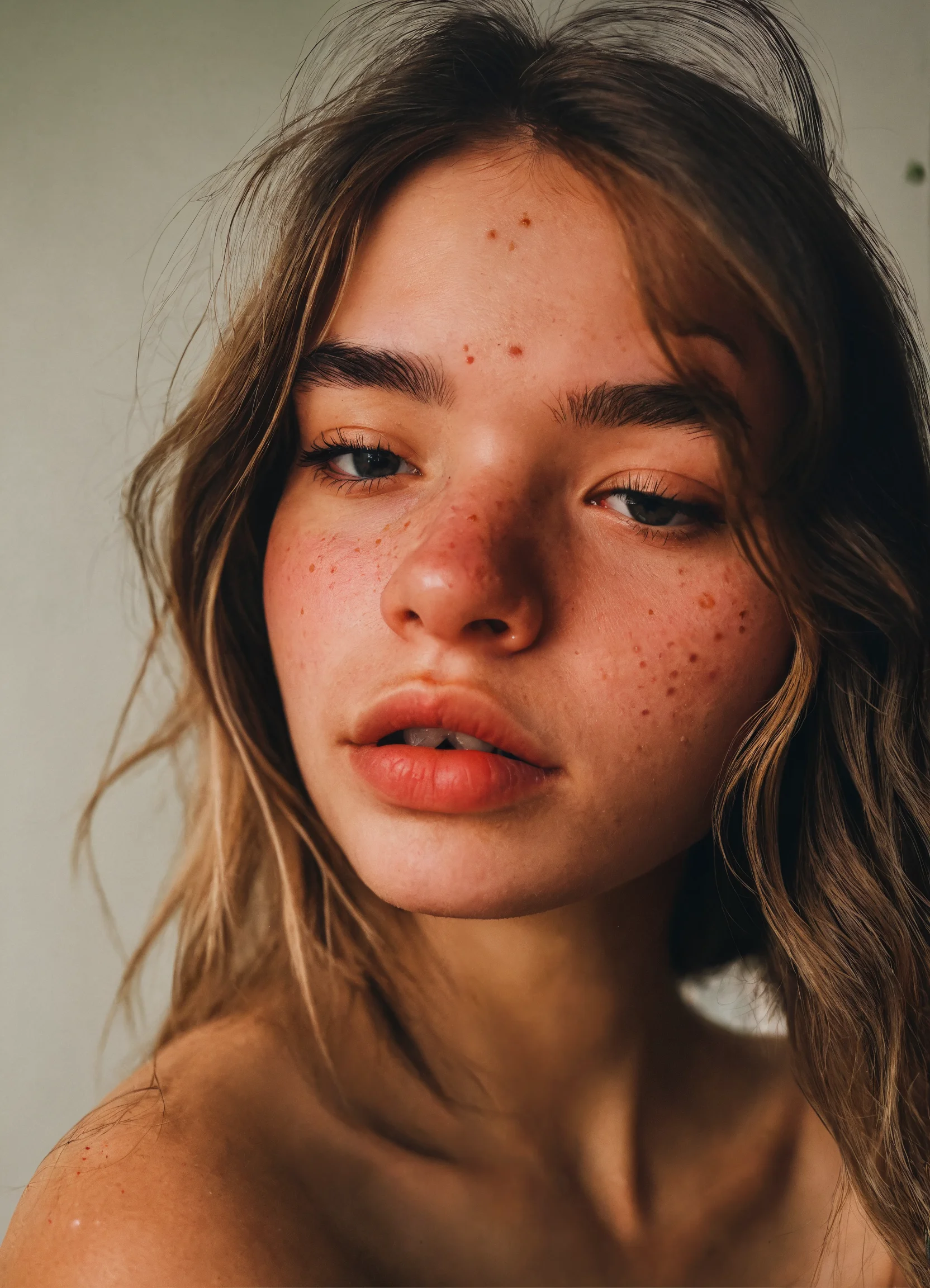In short: Hormones.
The main cause of acne is hormones, specifically, the increased production of androgens. Not stress, not diet (checkmate, chocolate and dairy), not cosmetics. Even when we talk about genetic predisposition, it’s still about hormonal mechanisms. A common cause of chronic, treatment-resistant acne is the high sensitivity of sebaceous glands to testosterone, an androgen hormone. This sensitivity is genetically determined. You can inherit it from your parents, or you can be the first in your family to have this trait. Other hormonal causes of acne include polycystic ovary syndrome, pregnancy, and menopause.

And a little info about how pimples appear on our face
Androgens affect the skin’s sebum, which is produced by our sebaceous glands – it becomes thicker and more viscous than normal. When there is a lot of this sebum, it interferes with the natural cycle of dead skin cells: rising to the skin’s surface and shedding. The dead skin cells stick together inside the pore and, instead of being shed, they get trapped along with the thick and viscous sebum, and the pore gets clogged.
Acne can be non-inflammatory, when the pore is clogged with sebum and dead skin cells. In this case, closed comedones (flesh-colored bumps) or open comedones (what we call “blackheads”) appear on the skin.
And it can be inflammatory, when bacteria called Propionibacterium acnes (which normally live in the hair follicles and sebaceous glands) get into the clogged pore and multiply. Inside the clogged pore, an ideal environment is created for them – lots of sebum and dead skin cells, and little oxygen. In this case, pustules (a pimple with a white head filled with pus) and papules (a red pimple without pus) appear on the skin. If the inflammation penetrates deeply into the skin, cysts or nodules develop.


Leave a Reply